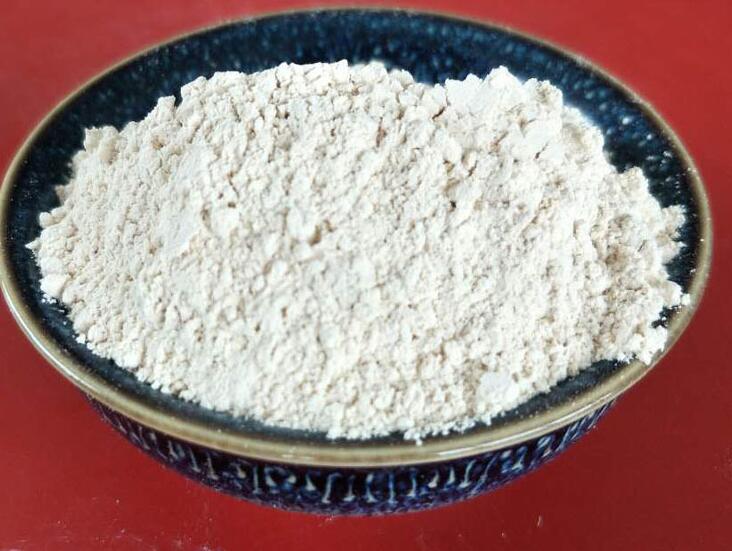Preparation of magnesium hydroxide flame retardant by light-burned powder ammonia method: technology and application research

As a high-performance inorganic flame retardant, magnesium hydroxide has important applications in the fields of materials science and chemical engineering. The light-burned powder ammonia method provides an efficient way to prepare magnesium hydroxide. This article will introduce the preparation process, influencing factors, product characteristics and applications of this method in detail.
Preparation method
Raw material selection: light-burned powder refined liquid is used, which is derived from light-burned powder after calcination of magnesium sources such as magnesite.
Precipitant use: ammonia is used as a precipitant to promote the conversion of magnesium ions into magnesium hydroxide precipitation.
No surfactant: avoid using surfactants to ensure high purity and performance of the product.
Influencing factors
Ammonia flow rate: affects the size and morphology of magnesium hydroxide particles.
Reaction temperature: high temperature promotes the formation of larger particles, while low temperature forms smaller particles.
Stirring speed: affects the uniformity of the reaction, and thus affects the product quality.
Product characterization
X-ray diffractometer (XRD): determine the crystal phase structure.
Scanning electron microscope (SEM): observe the microscopic morphology.
Laser particle size analyzer: measure the particle size distribution.
Performance characteristics
Non-toxic and smokeless: As an inorganic flame retardant, it does not produce toxic smoke.
High decomposition temperature: helps to improve the flame retardant properties of composite materials.
Neutralization: neutralizes acidic harmful gases during combustion.
Application areas
Plastic and rubber products: enhance flame retardant properties.
Cable and wire insulation materials: improve safety and fire resistance.
Building materials: such as fire doors, fireproof boards, etc.
Optimization direction
Control particle size: obtain the ideal particle size by adjusting the reaction conditions.
Improve purity: improve the precipitation and washing steps to improve product purity.
Improve dispersibility: improve dispersibility in the matrix material through surface modification.
Lightly burned powder ammonia method is an efficient and environmentally friendly method for preparing magnesium hydroxide. By finely controlling the reaction conditions, magnesium hydroxide products with excellent flame retardant properties can be produced. Future research will focus on improving product quality, reducing production costs, and expanding its application range in different materials.








